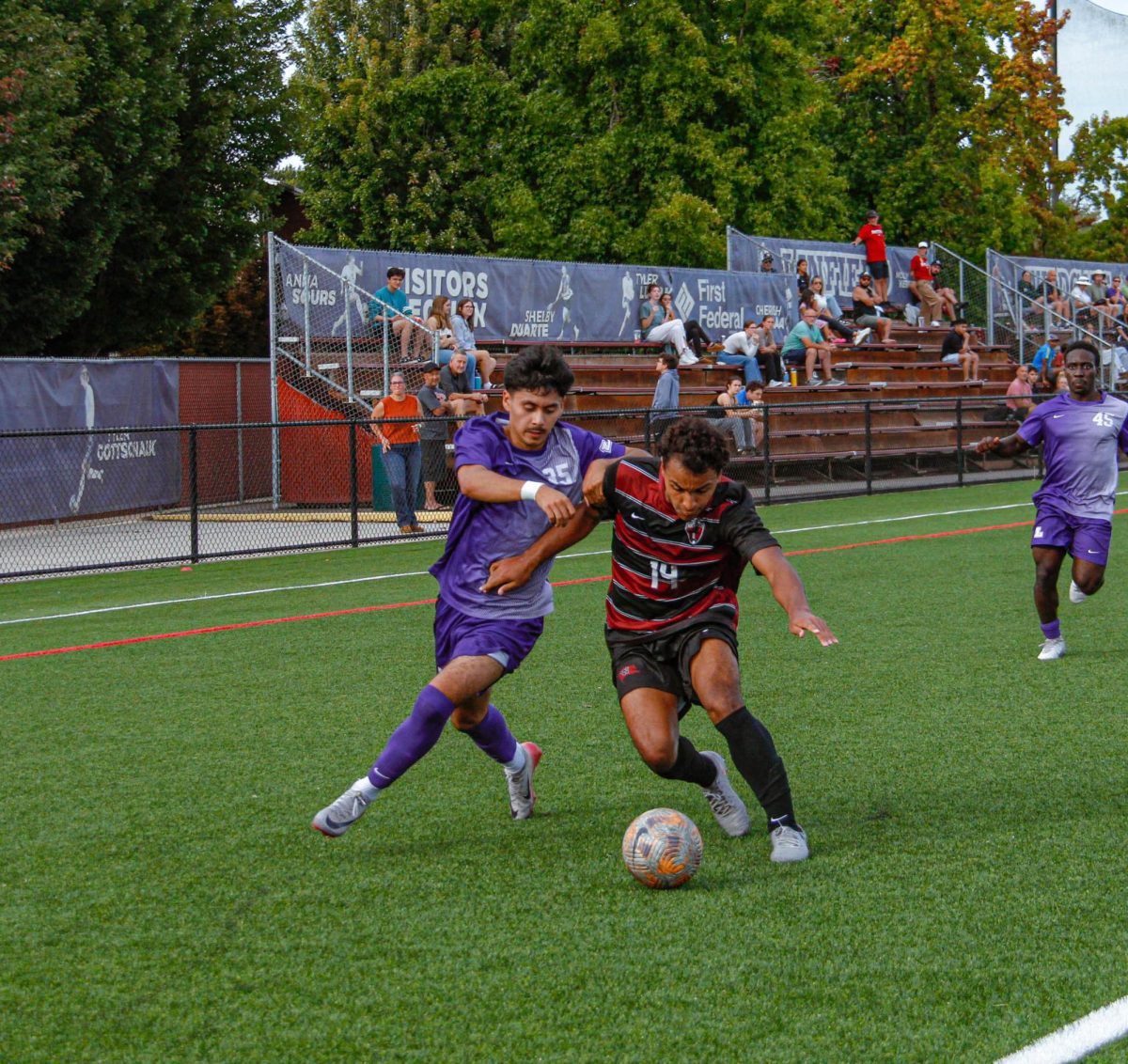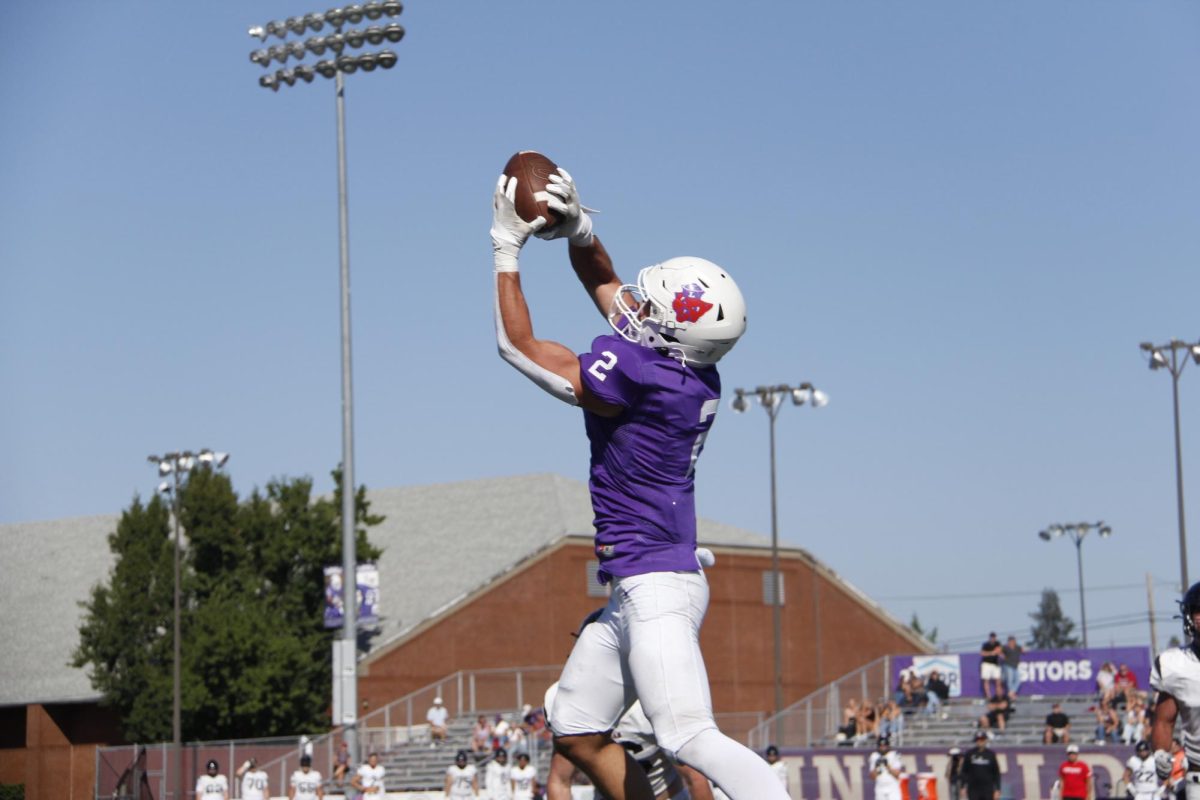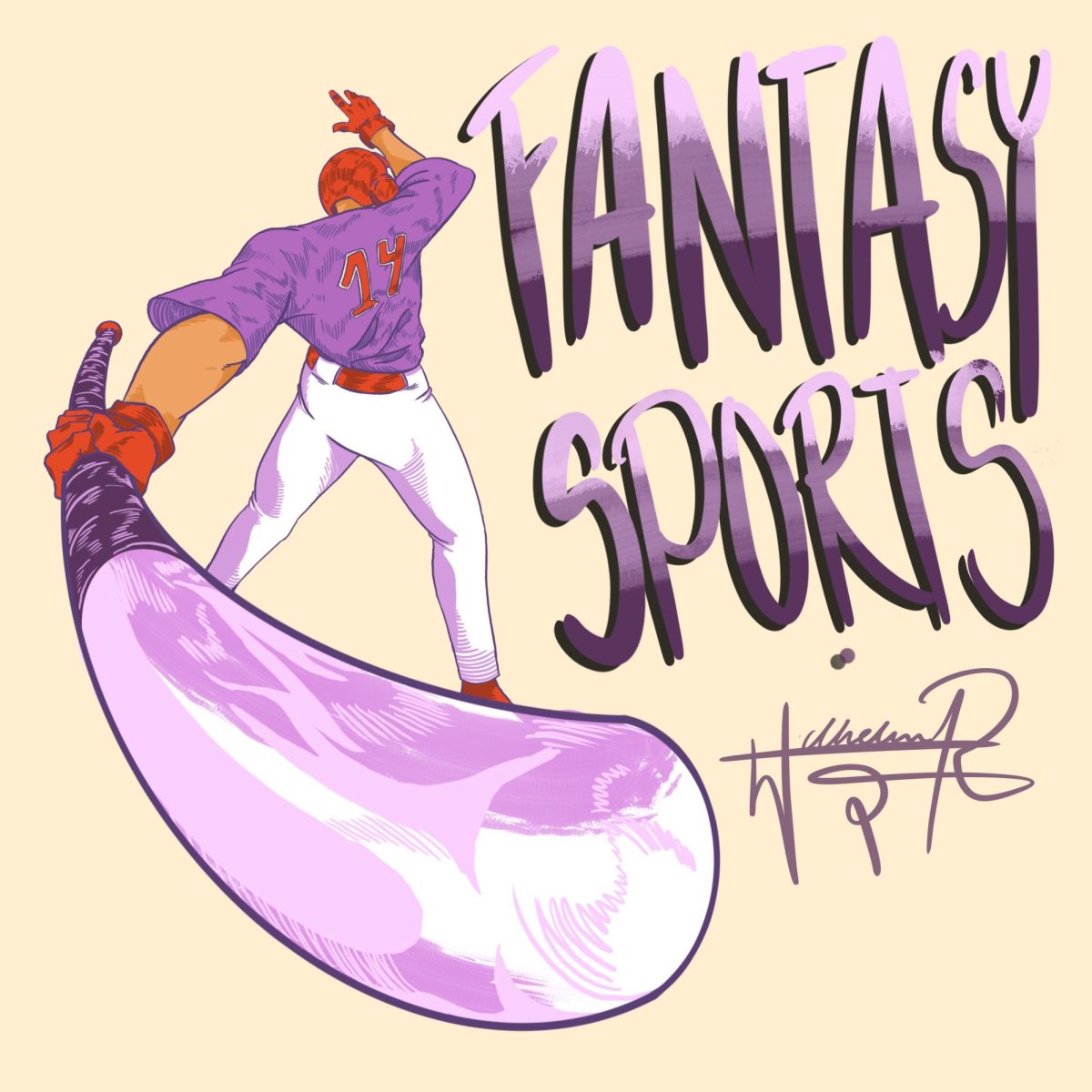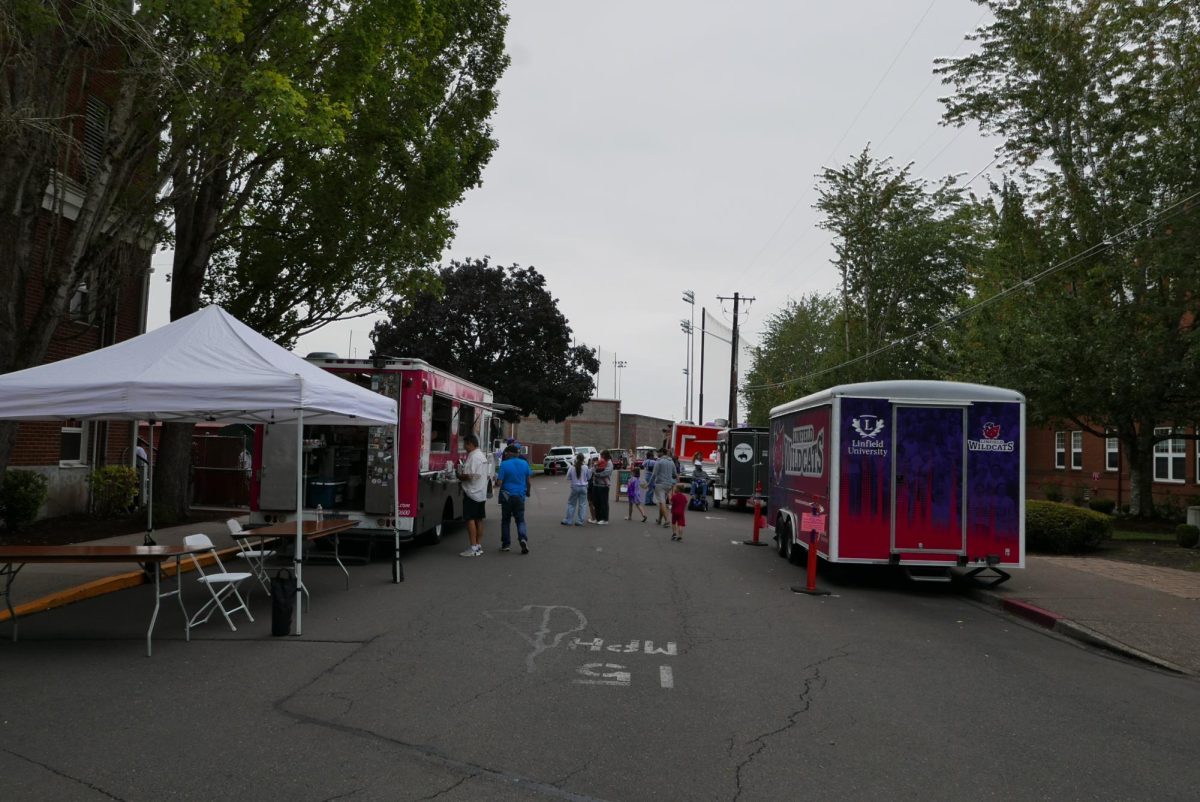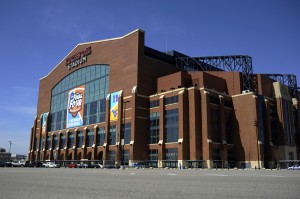
Butler’s Brad Stevens has done it 64 times. West Virginia’s Bob Huggins has done it 14 times. Michigan State’s Tom Izzo has done it only once, and Duke’s Mike Krzyzewski never has done it and apparently never will.
What practice do the head coaches of the Final Four teams differ on? Recruiting one-and-done players? Encouraging their fans to storm the court after a big victory? Suiting up in practice? Actually, it’s none of the above.
Rather, “it” is to post on Twitter, or to “Tweet”, as it’s called in the online world. Twitter is a micro-blogging Web site that allows users to post updates, 140 characters at a time. Despite the character limit, Twitter has continued to expand and amass more users, many of whom are college basketball coaches.
While some coaches, such as Oklahoma State’s Travis Ford, have taken an aloof approach to Twitter, others have seamlessly added it to their coaching and recruiting repertoire. The latter group includes Kentucky’s John Calipari.
Though he lost to Huggins on the court in the East regional final, Calipari can take solace in knowing he has been dominating Huggins in the Twittersphere, along with everybody else for that matter.
Calipari has more than a million people following his Tweets, compared to the decidedly less 441 following Huggins. With more than a million followers, Calipari now occupies a place in the online world usually reserved for national celebrities and international news companies.
Kentucky Associate Athletic Director of Media Relations DeWayne Peevy said Calipari decided to start using Twitter in April 2009 after he learned about it from Indiana coach Tom Crean. Though he isn’t astonished that Calipari has a large following on Twitter, Peevy is amazed at the sheer number.
“I’m not surprised he has more than anyone else because of our fan base but I never expected over one million followers,” Peevy said. “The Big Blue Nation is spread all over and I will never underestimate its power again.”
Part of the reason for Calipari’s enormous Twitter presence is it provides a new experience and interaction level for fans. Plus, Calipari doesn’t just Tweet about Kentucky basketball. Social events, dinners, personal anecdotes –everything is fair game for Calipari’s Tweets, which number more than 2,000.
Twitter not only has changed the relationship between coaches, players, and fans, it also has impacted how journalists from traditional media cover the sport. Dana O’Neil covers college basketball for ESPN, and also has worked for the Philadelphia Daily News.
“I don’t feel obligated to follow coaches profiles, but I do think it’s a worthwhile effort,” O’Neil said. “They hardly ever contain anything but platitudes and inspirational messages, but every once in a while you can gain something.”
O’Neil also said she has used Twitter to reach out to coaches on occasion. The intimacy and immediacy of Twitter is able to bridge the gap that may exist between coaches, players and the public, but it also gives pause to journalists, including O’Neil.
“Everyone wants to be first and since Twitter is so instantaneous, I think sometimes in the mad rush to get news out, it’s not properly vetted or sources aren’t entirely checked,” O’Neil said. “We have strong policies about breaking news on Twitter —namely, don’t do it — and I don’t have a problem with it. I’d rather be right and second than wrong and first.”
On the other end of the Twitter spectrum is Duke’s Krzyzewski. According to Duke Director of Basketball Operations Chris Spatola, it’s not a matter of convenience, but rather a lack of necessity for Krzyzewski.
“He is at a point in his career where that isn’t something that he’s going to do, and he doesn’t need to do, but our coaching staff is very active in social networking and representing our program from a coaching level through that,” Spatola said.
Despite Krzyzewski’s hands-off approach to Twitter, several Duke players have active Twitter accounts, including starters Nolan Smith and Jon Scheyer. Though there aren’t any rules in place for what Duke players are allowed to post on Twitter, Spatola said, “You just have to make sure that they’re putting out appropriate information so that you’re not giving away what is going on in your locker room.”
These same concerns about social networking also exist at Indiana University, where Crean has a Twitter profile, and many of his players have Facebook accounts.
Assistant Athletic Director for Media Relations J.D. Campbell said players need to take responsibility for what is on their Facebook page.
“We try and educate our student-athletes that a lot of their privacy ends when you become a highly visible recruit,” Campbell said. “If the right person has access to their accounts, anything that they might say or post can come back to haunt them. We tell them to be smart in what they say and realize there can be consequences because many are considered public figures.”
The one area of college basketball that Twitter hasn’t been able to affect is recruiting, at least not yet.
Indiana basketball players Daniel Moore and Kory Barnett both said Twitter and Facebook didn’t play a role in their recruiting process, noting that both platforms are in an infancy stage with recruits.
Although Twitter hasn’t been a factor for certain players during recruiting, it’s still something the NCAA monitors. Erik Christianson is the Director of Public and Media Relations for the NCAA, and he is aware of this trend.
“We realize there’s direct communication opportunities within social networking, and we encourage our schools and others to be smart about how they’re using it,” Christianson said.
This lack of impact in recruiting could also be due to why Krzyzewski has never used Twitter; it just isn’t necessary.
As Associate AD, Peevy said when asked if he thinks Twitter has impacted recruiting at Kentucky, “I don’t think so. I think recruits know who Kentucky and coach Calipari are.”
John Patishnock
IU Final Four News Bureau
A team of Indiana University journalists is reporting for the Final Four Student News Bureau, a project between IU’s National Sports Journalism Center and the NCAA at the men’s tournament in Indianapolis. The Review, as a paying member of ACP, is allowed access to this content.

